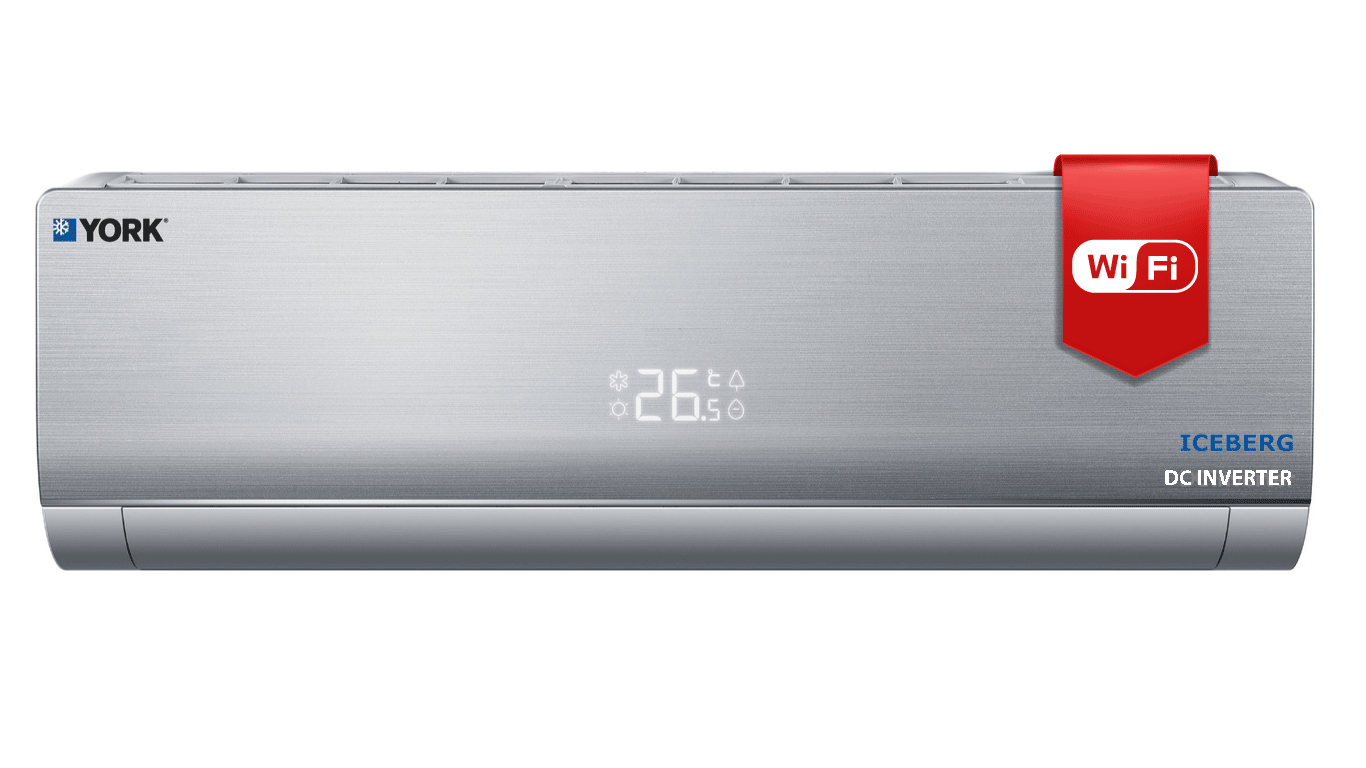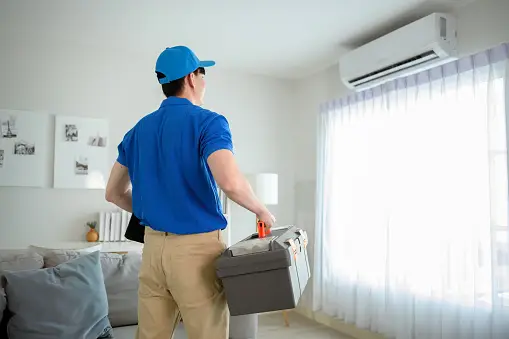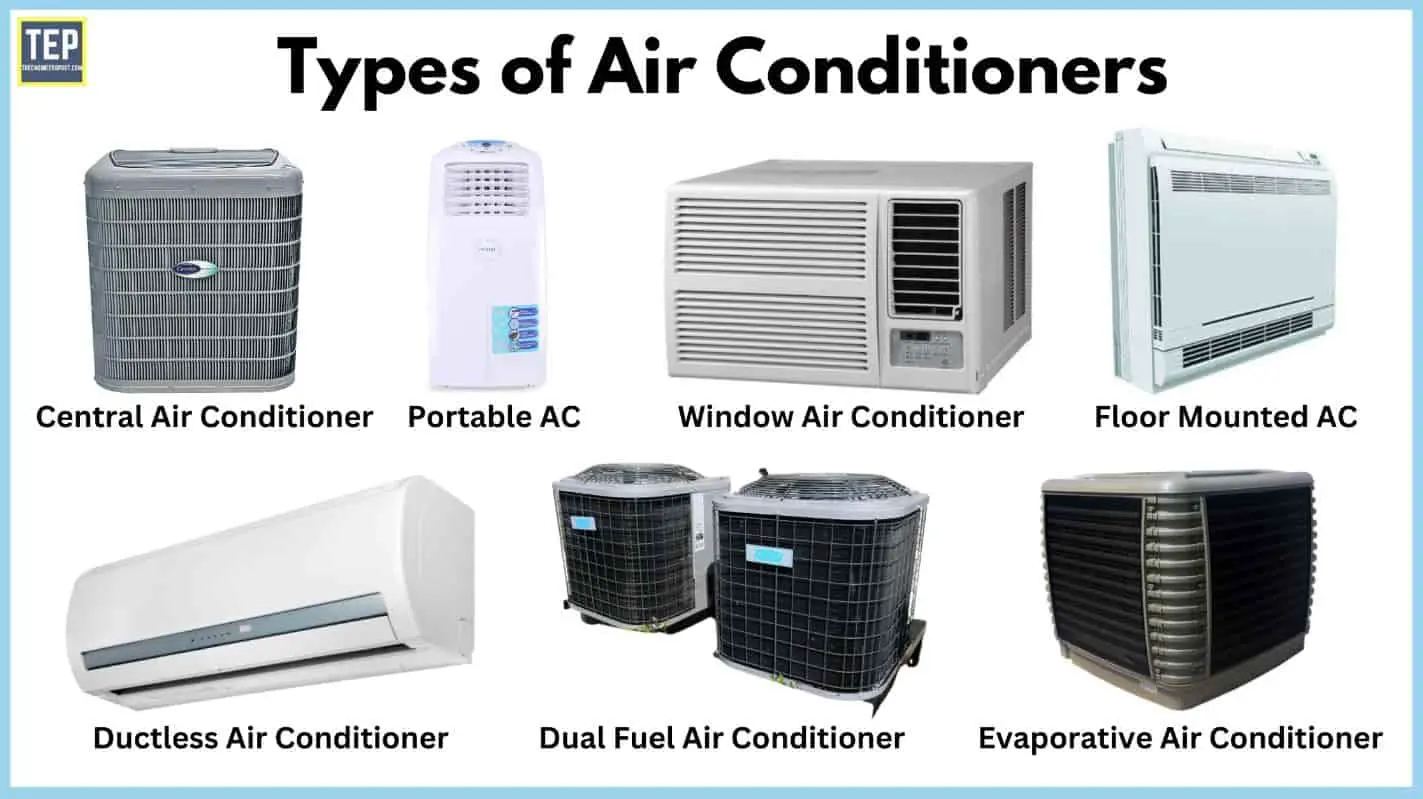In the scorching heat of summer, a Split Air Conditioner (AC) becomes our knight in shining armor, rescuing us from the relentless sun. Among its array of features, one that often stands out is the “Dry Mode.” Have you ever wondered about the magic behind it? Let’s embark on a journey into the thermodynamics of Dry Mode and the role of sensors in orchestrating this cooling symphony.
Understanding Dry Mode Thermodynamics:
To comprehend the workings of Dry Mode, we first need to revisit the basics of air conditioning. Traditional AC units not only cool the air but also remove moisture, leading to a decrease in humidity. However, this process might not always be ideal, especially in transitional weather when the humidity is not excessively high.
This is where Dry Mode comes into play. Unlike the standard cooling mode, Dry Mode primarily focuses on dehumidification while maintaining a comfortable temperature. The magic happens through a combination of clever thermodynamics and the utilization of various sensors.
Evaporator Coil Function: In Dry Mode, the evaporator coil plays a crucial role. As warm air from the room passes over the coil, the temperature drops. This causes moisture in the air to condense on the coil and form droplets, similar to how dew forms on a cold surface.
Reduced Cooling Cycle: Unlike the continuous cooling cycle in standard mode, Dry Mode optimizes by intermittently turning the compressor on and off. This prevents excessive cooling, focusing more on dehumidification.
Temperature and Humidity Control: The thermostat in Dry Mode not only monitors the temperature but also keeps a close eye on humidity levels. When the humidity surpasses a set threshold, the AC activates to dehumidify the air without overcooling.
Sensor Symphony: Different Types of Sensors in Dry Mode:
Thermostat Sensor: The thermostat sensor is the maestro in this symphony. It constantly measures the temperature in the room, ensuring it stays within the desired range. When the temperature rises, it signals the compressor to kick in and cool the air.
Humidity Sensor: The humidity sensor is the unsung hero of Dry Mode. It monitors the moisture content in the air. When humidity levels become uncomfortably high, it prompts the AC to initiate the dehumidification process, providing a more pleasant environment.
Ambient Temperature Sensor: This sensor gauges the overall temperature in the surroundings, contributing to the decision-making process of the AC. It ensures that the Dry Mode strikes the perfect balance between cooling and dehumidification.
Certainly! Let’s delve deeper into the key differences between the normal cooling mode and Dry Mode in split ACs, and how these distinctions impact the compressor, condenser fan, and evaporator fan:
Normal Cooling Mode:
Temperature and Humidity Control:
- Objective: The primary goal in normal cooling mode is to achieve a target temperature set on the thermostat.
- Effect on Humidity: While cooling, the AC also removes moisture from the air, leading to a decrease in humidity levels.
Continuous Cooling Cycle:
- Compressor Operation: The compressor runs continuously to maintain the desired temperature.
- Effect on Energy Consumption: This continuous operation can result in higher energy consumption, especially during extremely hot conditions.
Condenser Fan Operation:
- Continuous Operation: The condenser fan operates continuously to dissipate heat from the refrigerant, maintaining the efficiency of the system.
Evaporator Fan Operation:
- Continuous Air Circulation: The evaporator fan runs continuously to circulate cool air throughout the room.
Dry Mode:
Focus on Dehumidification:
- Objective: The primary goal in Dry Mode is to control humidity levels while maintaining a comfortable temperature.
- Effect on Cooling: Cooling is intermittent, with a focus on preventing overcooling while dehumidifying the air.
Intermittent Compressor Operation:
- Compressor Operation: The compressor cycles on and off, activating only when necessary to control humidity.
- Effect on Energy Consumption: Dry Mode can be more energy-efficient compared to the continuous operation in normal cooling mode, especially in milder weather conditions.
Condenser Fan Operation:
- Intermittent Operation: The condenser fan operates as needed, aligning with the intermittent compressor cycles.
Evaporator Fan Operation:
- Intermittent Air Circulation: The evaporator fan also runs intermittently, syncing with the compressor cycles to circulate dehumidified air.
Effect on Compressor, Condenser Fan, and Evaporator Fan:
Compressor:
- Normal Cooling Mode: Continuous operation may lead to more wear and tear over time.
- Dry Mode: Intermittent operation can reduce overall stress on the compressor, potentially extending its lifespan.
Condenser Fan:
- Normal Cooling Mode: Continuous operation to dissipate heat efficiently.
- Dry Mode: Intermittent operation to match the reduced load on the system during dehumidification.
Evaporator Fan:
- Normal Cooling Mode: Runs continuously to maintain a constant flow of cool air.
- Dry Mode: Operates intermittently to align with the reduced cooling cycles, providing air circulation during dehumidification.
- While both modes contribute to indoor comfort, the key difference lies in the focus on dehumidification in Dry Mode and the associated intermittent operation of the compressor and fans. This not only provides energy efficiency benefits but also influences the wear and tear on critical components, potentially impacting the longevity of the system. Choosing the appropriate mode depends on the specific climate conditions and the desired indoor environment.



